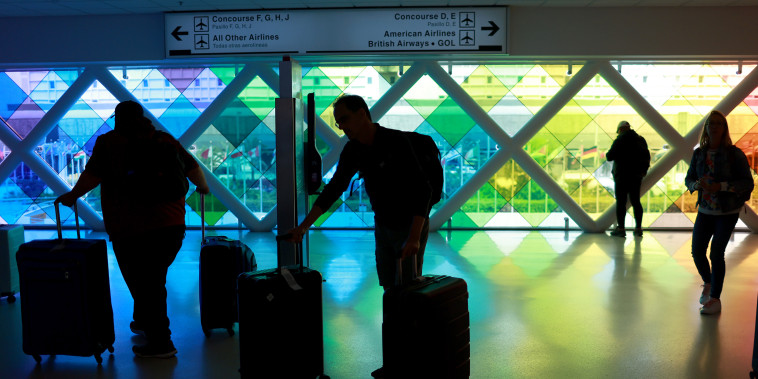
Sky-High Demand: Record-Breaking Air Travel vs. Plummeting Airline Profits
Air Travel Demand is Breaking Records, but Airline Profits Are Not Keeping Up
The airline industry is experiencing an unprecedented surge in demand for air travel, with passenger traffic reaching new heights in recent months. Despite the increased number of travelers taking to the skies, airline companies are struggling to turn a profit amid rising operational costs and economic uncertainties.
One of the main factors contributing to the record-breaking demand for air travel is the easing of travel restrictions and pent-up demand after a prolonged period of limited mobility. As countries begin to reopen their borders and vaccination efforts ramp up, more people are feeling comfortable flying again. This has led to a significant increase in bookings for both domestic and international flights, with many airlines reporting a surge in passenger numbers compared to pre-pandemic levels.
While the increase in demand is positive news for the airline industry, it has not translated into higher profits for airlines. The soaring demand has put pressure on airlines to ramp up their operations quickly, leading to higher operational costs and logistical challenges. Airlines have had to increase flight frequencies, rehire staff, and invest in safety measures to accommodate the surge in passengers, all of which have added to their expenses.
Moreover, the rising cost of fuel and fluctuating ticket prices have further strained airlines’ profit margins. Fuel prices have been on the rise in recent months, making it more expensive for airlines to operate their fleets. Additionally, the competitive nature of the airline industry has resulted in airlines offering discounted ticket prices to attract customers, further squeezing their profits.
Furthermore, the ongoing economic uncertainties, including the threat of new Covid-19 variants and changing travel restrictions, have made it difficult for airlines to forecast demand accurately and plan their operations effectively. This uncertainty has forced airlines to adopt a more cautious approach, leading to a slower recovery in profitability compared to the rapid increase in passenger numbers.
In response to these challenges, airlines have been exploring various strategies to improve their financial performance. Some carriers have focused on increasing ancillary revenue streams, such as charging for baggage fees and in-flight services, to offset the impact of lower ticket prices. Others have implemented cost-cutting measures, such as reducing staff and retiring older aircraft, to improve their operational efficiency.
Additionally, airlines are closely monitoring market trends and adjusting their capacity and pricing strategies accordingly to maximize revenue and minimize costs. By leveraging data analytics and technology, airlines can gain valuable insights into passenger behavior and market dynamics, enabling them to make informed decisions that drive profitability.
In conclusion, while air travel demand is breaking records, airline profits are not keeping up with the pace of recovery. The challenges faced by the industry, including rising operational costs, competitive pricing, and economic uncertainties, highlight the need for airlines to adapt their strategies to remain financially viable in a post-pandemic world. By focusing on innovation, cost optimization, and demand forecasting, airlines can navigate these challenges and position themselves for long-term success.
